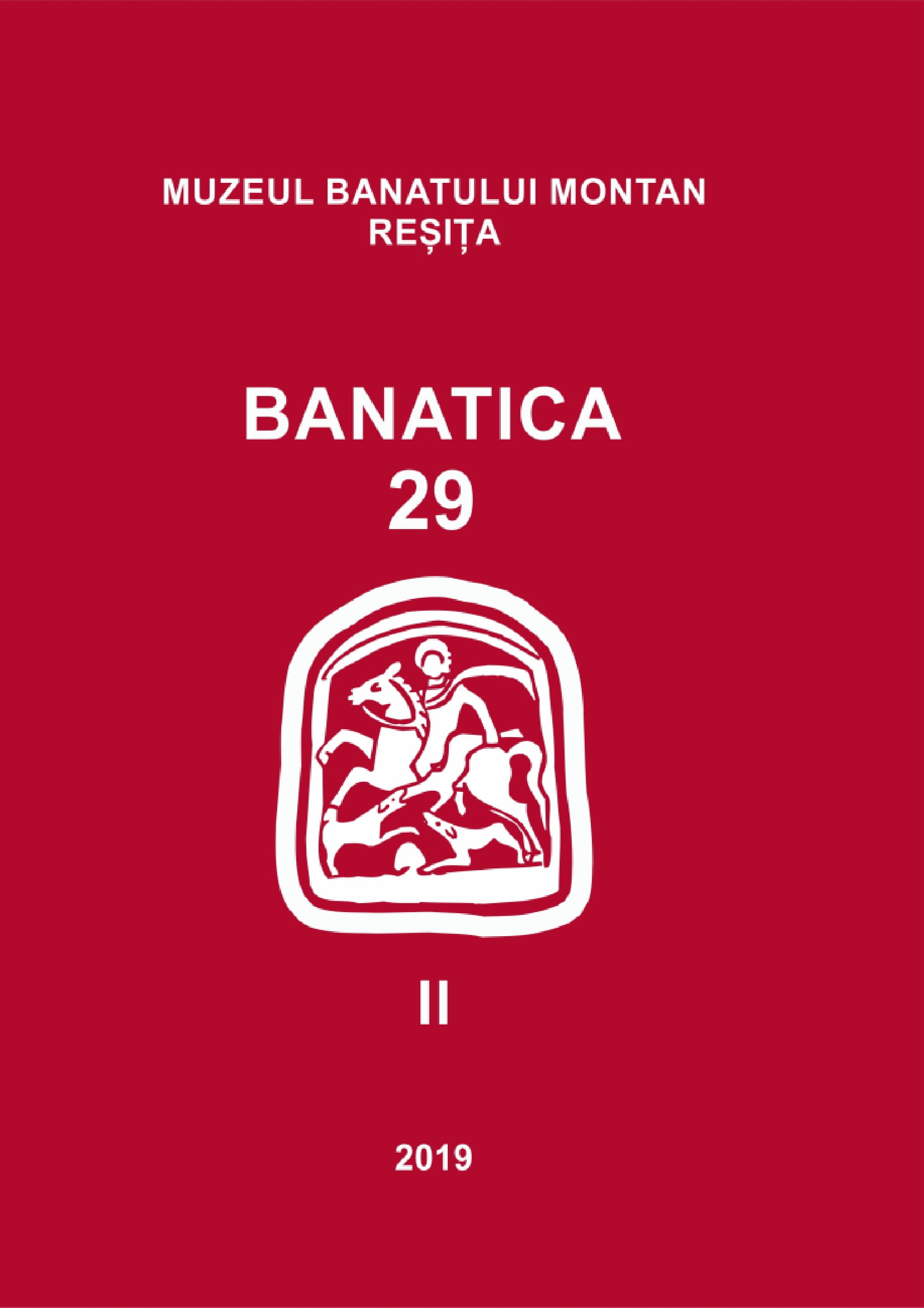Controlul Partidului Comunist Român asupra mediei timişorene în anii ’70 ai secolului al XX-lea
Romanian Communist Party’s control of media
in Timișoara, in the 1970s
Author(s): Vasile RămneanţuSubject(s): History, Local History / Microhistory, Political history, Recent History (1900 till today), Special Historiographies:, Post-War period (1950 - 1989), History of Communism
Published by: Editura Mega Print SRL
Keywords: press; radio; Timișoara; 1970–1977; control; PCR;
Summary/Abstract: The present study aims to analyze the relations between the political decisional factors and press in Timișoara, in the 1970s. There were the following papers in Timișoara between 1970 and 1977: Drapelul roșu, Neue Banater Zeitung (German language), Szabad Szo (Magyar language), Banatske Novine (magazine, Serbian language), and the literary revue Orizont, all of them with an important circulation. The local Radio studio was also running then.Even if the years of 1965–1971 are better known as providing a relative political freedom, press in Romania went away with the RCP control; relations between the party and media deeply changed in the summer and fall of 1971, after the decisions taken by the leaders of the R. C. P. So, media was obliged both to put in light the socialist reality in Romania and to combat with the ideological bourgeois influences and retrograde mentality. The cultural revues had to promote the “involved” militant socialist arts and literature, and criticize the tendencies to separate the artistic creation from the socialist realities; it was the way the Romanian press became an instrument of the RCP. The journalist’ rules were changed too, so that one became a Party activist in that occupational field. Following the above decisions media in Timișoara was controlled by the Section of Propaganda, the Secretariate, and the County Chancery of the RCP; all those organisms periodically analyzed the activity of journals, revues and the territorial Radio Studio.1974 was also an important but baleful year for Romanian media due to the central decisions to reduce copies, formats, numbers of pages, and periodicity of journals; all those measures touched the press in Timișoara too (Banatske Novine – for instance)Media in Timișoara had mainly to emphasize at that time the activity of the county Party organization, and the political, economical, social and cultural-scientific life in the county. The county authorities attracted the journalists’ attention on the necessity to strengthen the Party militant spirit of all the articles and broadcastings as they considered that trite expressions still were published in articles with a strong formalist shape. The analyses also underlined that there was no clear position both against reactionary philosophic or aesthetic schools and political Occidental doctrines, the capitalist “drawbacks” being so not sufficiently presented. Such critical observations make us believe that the journalists in Timișoara didn’t comply integrally with the “ideological orders” of the Party.But we have also to note that besides those “political commands”, there were some positive measures taken by the RCP County Committee: a more extensive mirroring of the culture in the Banat, or of important moments of the history of the Banat and Romania. The communist authorities were also concerned with the future journalists’ professional training, as long as there were still unschooled journalists at the beginning of the 1970s. I have to observe that the professional vocation of the ones who applied for was taken into consideration besides the negative aspects – need of a “healthy” political origin, the candidates’ deeds severe political examination or recruiting the candidates from the workers’ class especially.
Journal: BANATICA
- Issue Year: 2/2019
- Issue No: 29
- Page Range: 443-473
- Page Count: 31
- Language: English, Romanian

